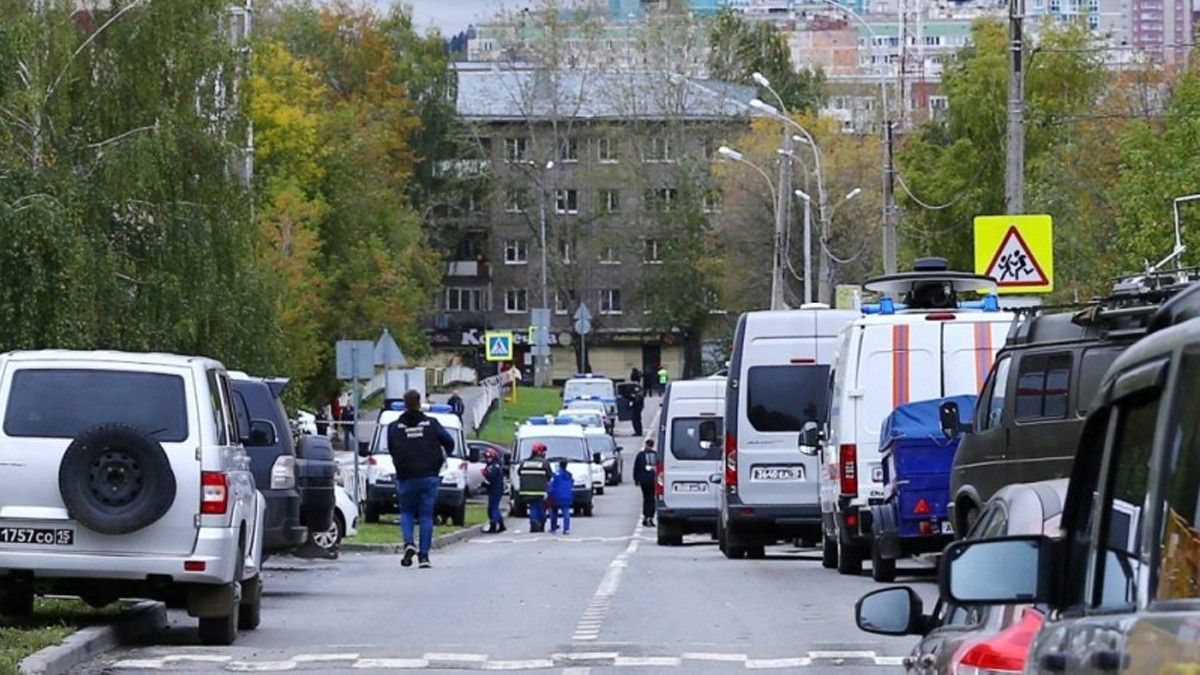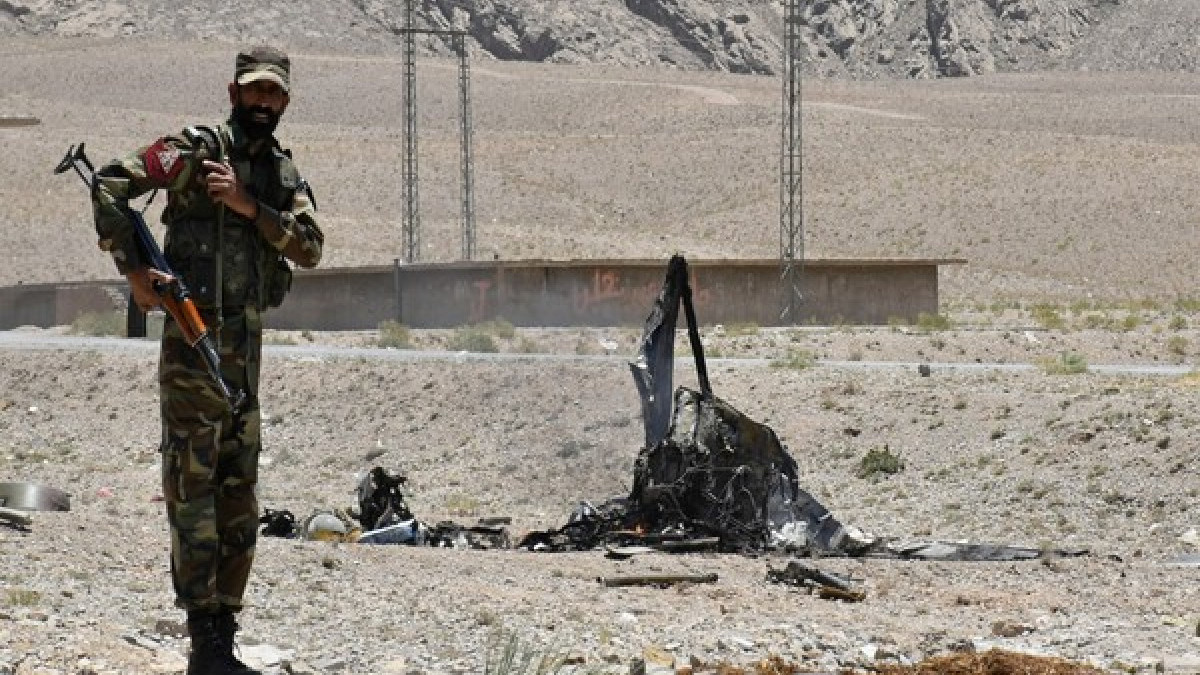
Conservation of the one horn rhinoceros might seem an outstanding sign of Nepal’s effort to save the majesties endangered beast, but the effort seems short at times as authorities struggle to avoid untimely deaths of the animal including the deaths from the hands of poachers.
Chitwan National Park (CNP), where the majority of the country's rhinoceros are found, said that a total of 19 rhinoceros died there in the last five month. This means that one rhinoceros has died in each eight days on an average. Of the dead rhinoceros; 10 are males, seven females and two baby rhinos were dead.
Moreover, Nepal has not been able to maintain its ‘zero poaching years’ status in the last two fiscal year. The rhino found in Ghangar area of Madi on July 29 and in Dhowa area on September 29 at the CNP is estimated to have died due to poaching. Both the rhinos had died by the use of sharp objects, while one rhino was discovered in a decayed state. CNP's investigation showed that the both were killed by humans.
Previous year one rhino was killed by a gun shot on its forehead, although no bullets were found in the area anywhere nearby the site. However, the authorities after the forensic lab report concluded that the rhinos had died due to the bullet injuries.
The death of these two rhinos in the current fiscal and one in the last fiscal had disrupted the successful three and half year of ‘zero poaching year’, which was marked as a new milestone in the conservation history.
Around a decade ago, one of the major causes of rhino deaths was poaching. As the demand for the conservation of endangered animals rose across the country's Nepal government with the support from various foreign aids were able to control the poaching and developed the CNP, as a safe haven for rhinos. Today, the CNP, a World Heritage Site, is the largest natural habitat for the wild beast but the challenge to keep it protected still remains a herculean task for the government.
Apart from rhinos, one elephant, two tigers and 19 spotted deer have also been found dead due to unnatural causes. A serious attention has been drawn about the conservation modality as the majority of the deaths were avoidable since only five deaths out of 19 were due to old age. A question about the carrying capacity of the CNP has also started surfacing lately following the large number of animal deaths. Carrying capacity of any particular conservation area is the ability to host the animals in terms of their land usages, its availability of food supply and other favorable conditions.
Researches show that around 10 sq km area is required to house 10 rhinos in its natural state, where there should be plenty of water and grass available for it. The CNP currently covers 932 sq km core area with an additional 750 sq km buffer zone. It is a home to 694 rhinos as per the 2021 census. There are additional 38 rhinoceros in the Bardiya National Park which have been able to maintain the ‘zero poaching year’ for nearly four years.
Conservation officer Ganesh Prasad Tiwari of CNP told pardafas that currently there is no issue of carrying capacity of the park. He argues that the CNP had once held a much higher number of rhinoceros so it was not a big issue now. “Moreover, the reasons for deaths apart from dotage of the endangered animal is also normal as we take the deaths due fighting amongst male rhinos, deaths by sinking, as a natural cause of death,” Tiwari said. He further said that their focus is concerned about not letting animals die due to diseases or poaching.










